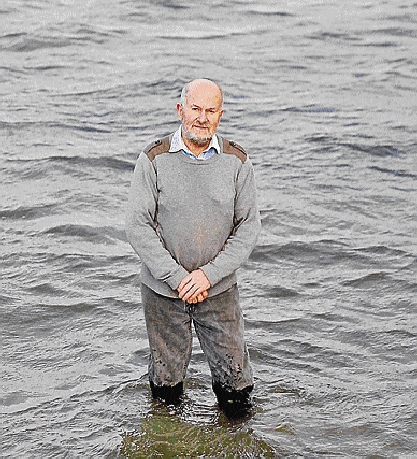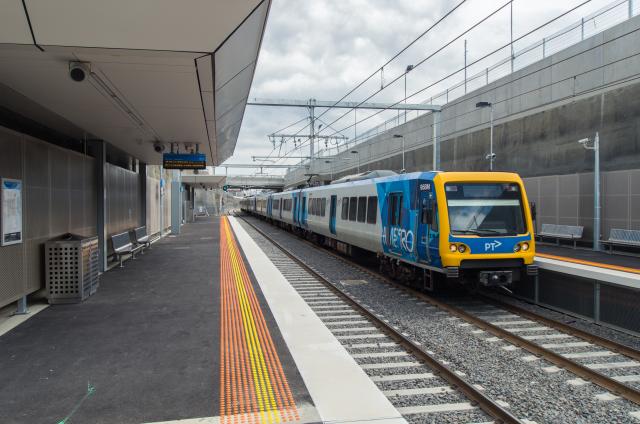MORE action must be taken to combat the effects of rising sea levels on Hobsons Bay, a councillor has warned.
Speaking at last week’s council meeting, Williamstown ward councillor Angela Altair noted Planning Minister Matthew Guy’s response to the coastal climate change advisory committee report and its implications for Hobsons Bay.
Changes to the state planning policy framework include increasing floor levels by 20centimetres over current one-in-100-year flood levels for new buildings. The framework plans for a minimum 80-centimetre sea level rise by 2100 in new greenfield developments outside existing town boundaries.
Federal government mapping based on a 2009 CSIRO study predicted a 1.1-metre sea level rise by 2100 along the western side of Port Phillip Bay. Under current climate one-in-100-year storm conditions, the study predicts Altona and Point Cook’s Cheetham Wetlands and the Point Cook RAAF Base would be prone to “extensive inundation”.
Based on data of rising tide levels as a result of climate change and global carbon emissions, the minimum sea level rise at Werribee South was 80centimetres. But areas like Port Melbourne and Williamstown were deemed relatively protected because a large part of the land had been raised as part of marina developments.
Cr Altair said the council and all authorities had to be proactive in protecting the community and adapting to the changing climate.
“There’s no doubt some people have been critical about the modification of recommendations that were made to the state minister about expected sea level rise,” Cr Altair said. “Nevertheless, he did recognise that there’s an expected sea level rise and authorities need to prepare accordingly.
“I think people in Hobsons Bay will see the physical manifestations of the council’s response in the new sea wall that was built along The Strand, for example, and that was to take account of an expected sea level rise in the bay. That’s going to be a reality.”
Western Region Environment Centre director Harry van Moorst said the government’s response was “too little, too late”. “The CSIRO 2009 study is now out of date and current science indicates that the 1.1-metre sea level rise is likely to occur within 50 years, not 100.” He also questioned what was to be done about buildings that were already below likely sea-level rises and likely flood and high-tide levels over the next 50 years.







